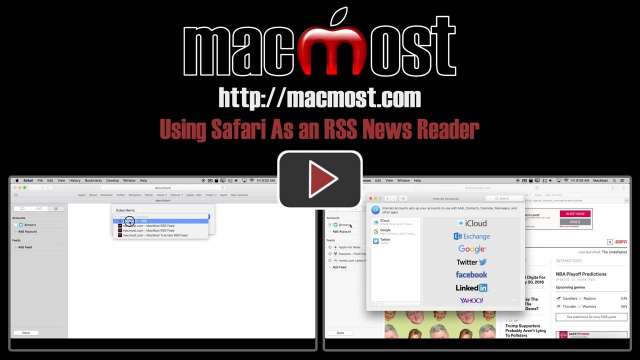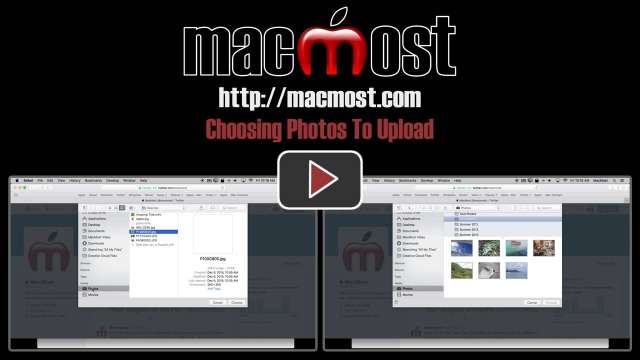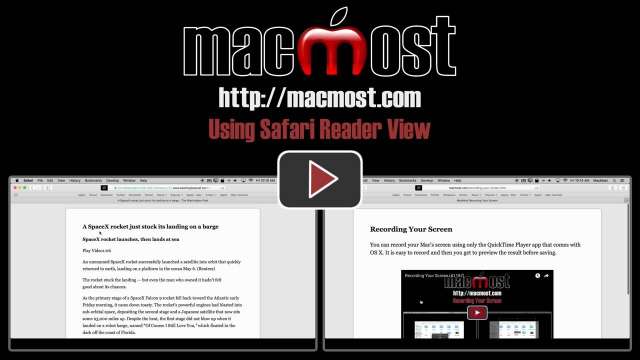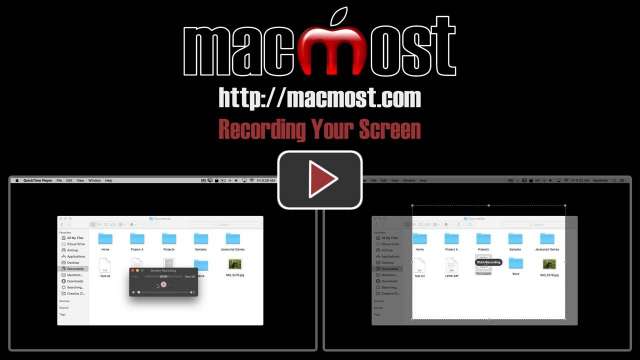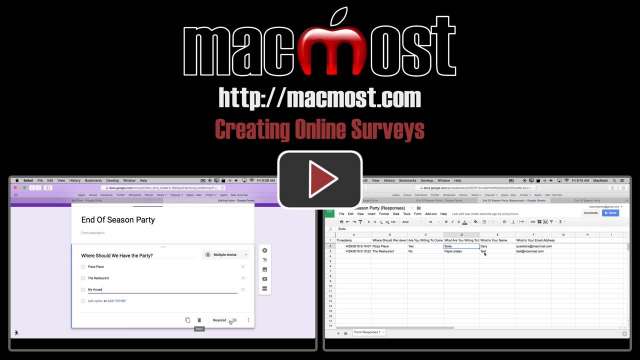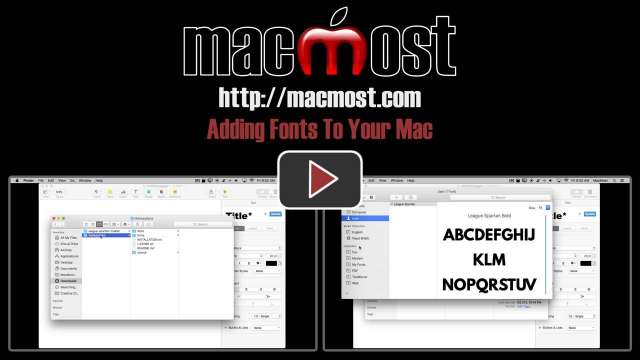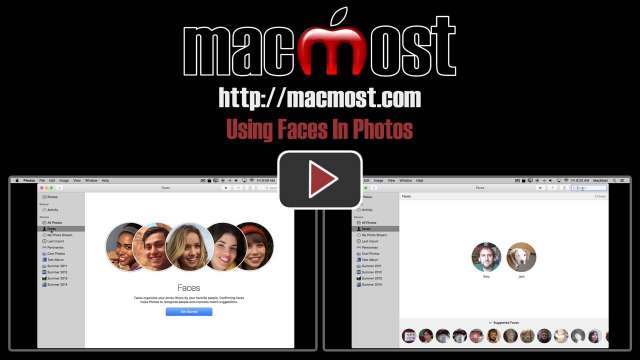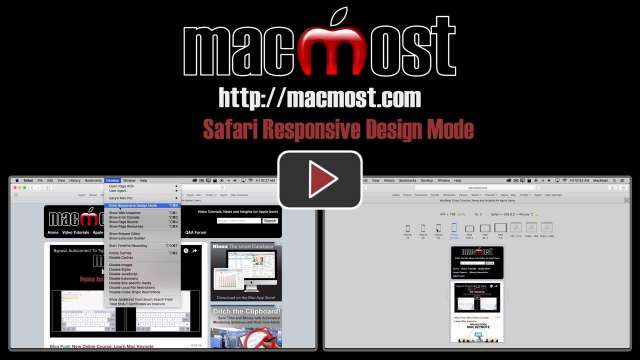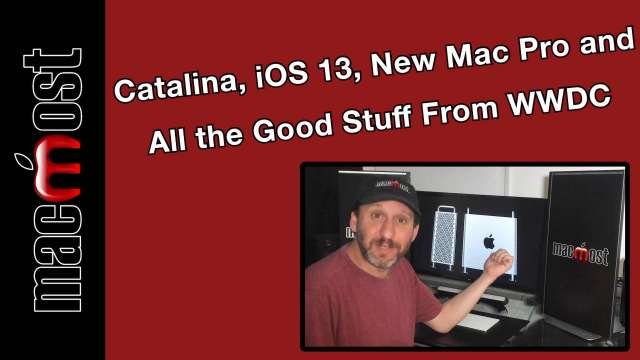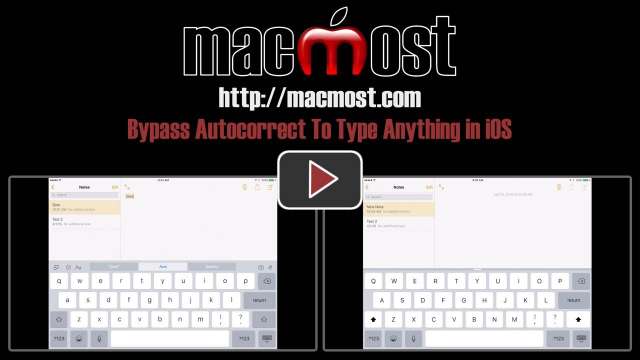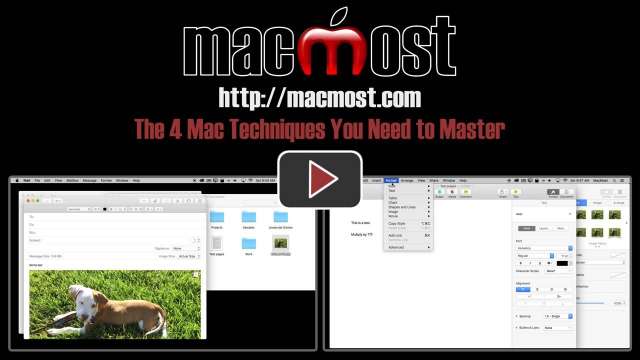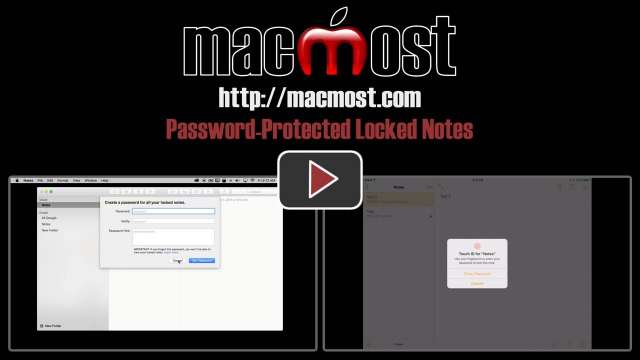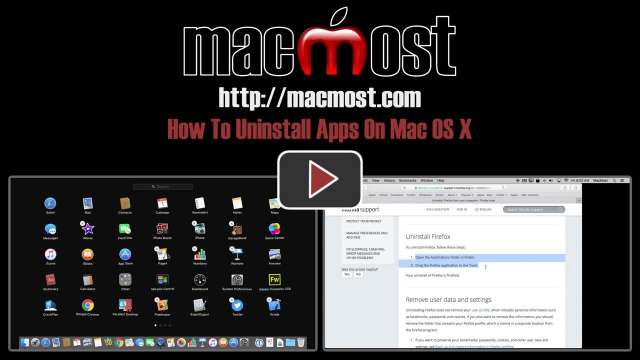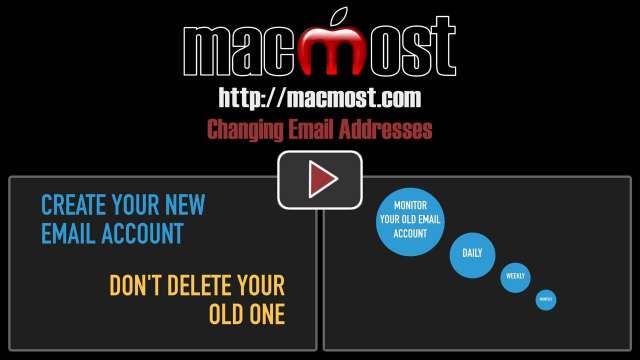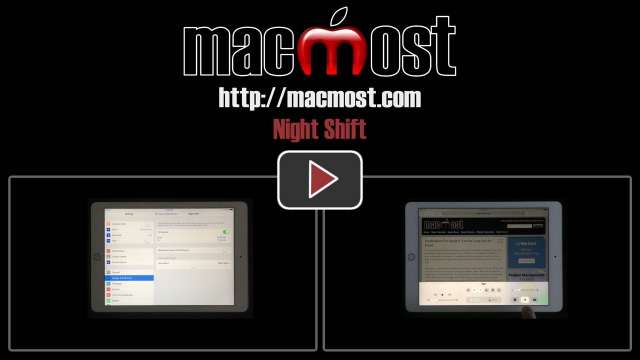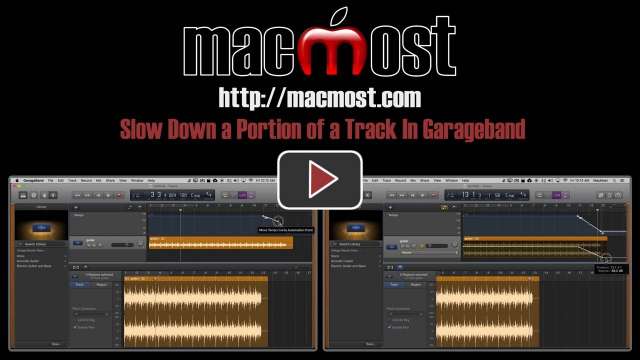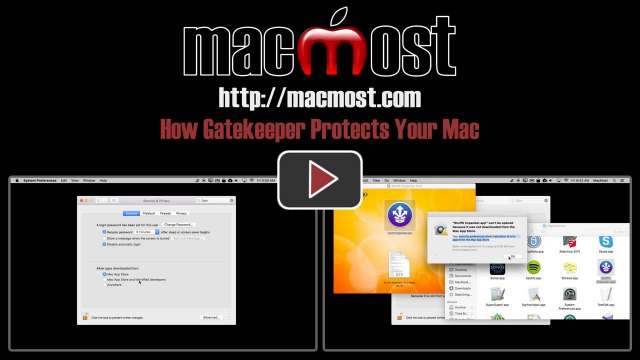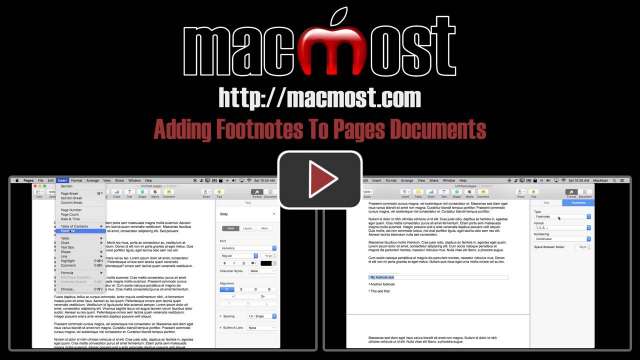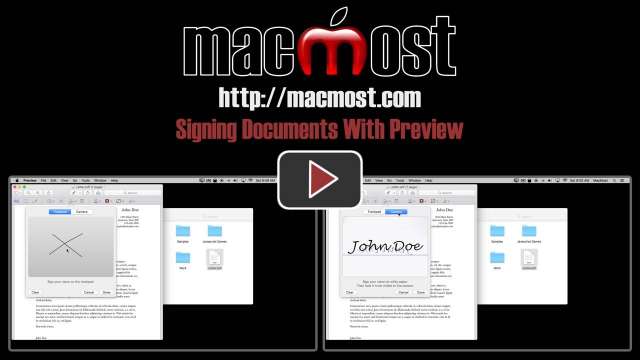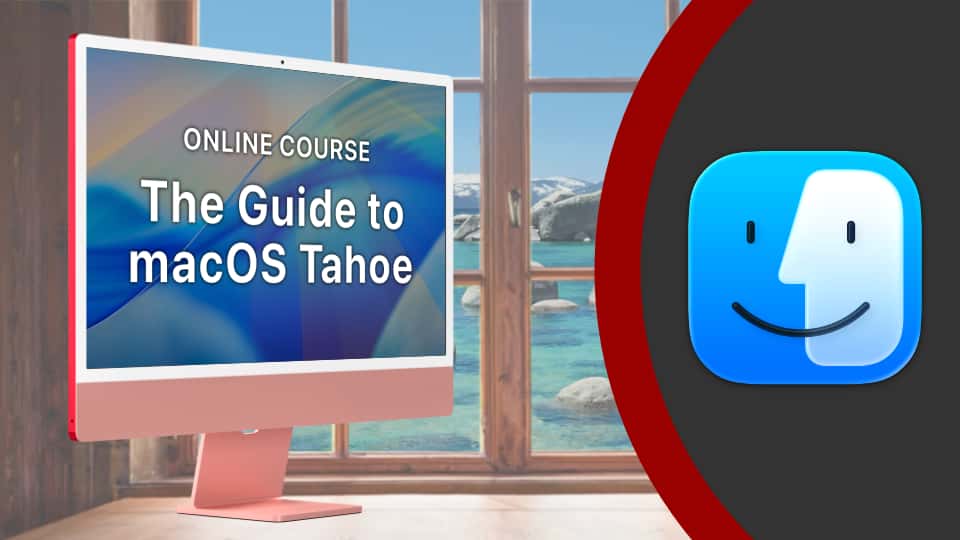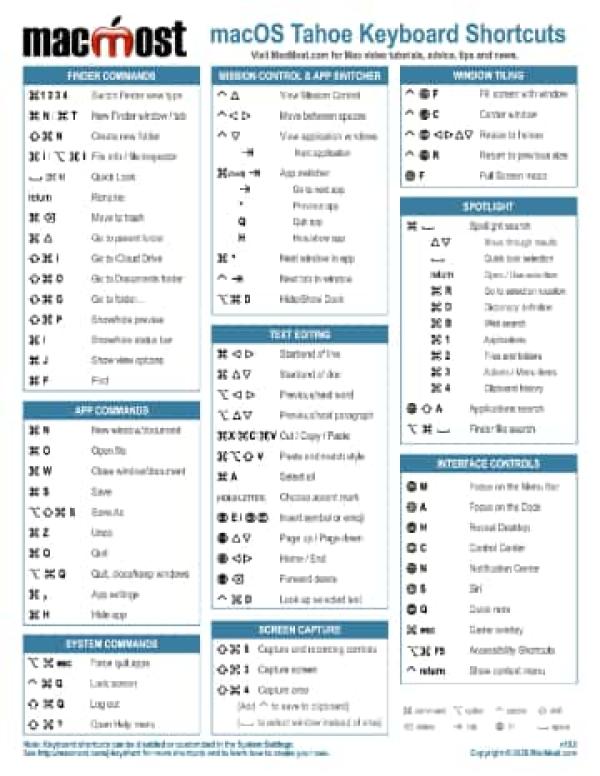5/23/16
With Safari in El Capitan you can subscribe to news feeds in the left sidebar and see an aggregated list of items that update automatically. You can also include Twitter and LinkedIn feeds. This allows you to see the news from your favorite sources all in one place without needing to go to individual web sites.
5/18/16
When you need to upload a photo to a web page, you are first given the option to select a file. But you can use the Media, Photos option to instead select a photo from your Photos Library. This saves you the steps of needing to export the photo and then delete the file later.
5/9/16
If you are trying to read an article online and the font is too small, too light, or other page elements are too distracting, you can use Safari's Reader View to focus on just the text and other primary elements of the article. It is easy to turn Reader View on and off. Once on, you can adjust the font, font size and background color.
5/4/16
You can record your Mac's screen using only the QuickTime Player app that comes with OS X. It is easy to record and then you get to preview the result before saving.
5/2/16
You can use Google Forms to create simple online surveys for just about anything. You can use them for business or personal projects. You can ask multiple choice or open-ended questions and include a variety of other The results can be viewed her response, or as a spreadsheet.
4/27/16
You can add more fonts to your Mac which you can use in Pages and other apps. You can get fonts online, but you need to be careful and think about font licensing and copyrights. Adding a font is ask easy as double-clicking on the right file once you have download the font files. The Mac app Font Book will launch and install the font.
4/25/16
The Faces feature in Photos is one of the most useful parts of the app. Once you start using it, it is easy to find photos of the people in your life. You can then access these photos quickly when you need them.
4/20/16
If you have a website you should make sure it looks good on a variety of devices like phones, tablets and various computer display sizes. You can use Safari's Responsive Design Mode to preview your site at various screen sizes.
4/18/16
If you like to have precise control over the size and position of your windows, you should know some keyboard and mouse controls that allows you to local the window edges to the sides of the screen. You can also use the third-party app BetterSnapTool to supercharge your window control efforts.
4/13/16
Often you need to type a name, special word or non-dictionary word on your iPhone or iPad. Autocorrect will then replace that word with something else from its dictionary. You can easily force iOS to accept anything you type by tapping one button.
4/11/16
There are four basic techniques that every pro Mac user knows and practices every day to get the most from their Mac. Learn how to use these four techniques to use your Mac more productively and efficiently.
4/6/16
A new feature in Mac OS X 10.11.4 and iOS 9.3 allows you to lock some or all of your notes in the Notes app. You can assign a single password that works for all locked notes in your iCloud account. You can lock and remove the lock on notes on your Mac, iPad or iPhone. This provides an extra layer of security if you store sensitive information in some of your notes.
4/4/16
Uninstalling apps is usually very easy and straight-forward in OS X. Most apps can be uninstalled either using Launchpad or by simply dragging the app to the Trash. Some apps will require an uninstaller or for you to search the developer's website for instructions.
3/30/16
When it is time to change your email address, there is a lot to consider. You'll need to notify people you correspond with, but also update a lot of online accounts that use that email address as an ID. The key is to continue to monitor your old email address for a while to make sure the transition is smooth.
3/28/16
The new Night Shift feature in iOS 9.3 changes the color of your iPad and iPhone's screen to fit studies that show that a warmer display will make it easier for some people to get to sleep. You can try Night Shift with your iOS device if you read in bed at night to see if it helps you.
3/23/16
You can slow down a section of a recorded track in Garageband. You'll need to isolate the track in its own Garageband file and then set things up just right to slow down the track.
3/21/16
In OS X you can use Gatekeeper to protect your Mac from malicious software. Most users should have it set to only allow apps from the Mac App Store. When you do so, it is easy to allow other apps on a case-by-case basis, so even export users should consider this setting as the default.
3/16/16
You can add footnotes to your documents in Pages. You can set styles for both the note symbols and the footnotes themselves. Footnotes can be placed at the bottom of each page, or at the end of a section or the entire document. Pages takes care of the number references so you can add and remove them easily.
3/14/16
You can sign PDF documents in the Preview app and in Mail. You save your signature using either the trackpad or your Mac's camera. You can then insert that signature in any spot in the PDF. It then becomes a permanent part of that PDF just as if you had printed out the document, signed it, and then scanned it back in. You can do the same in Mail, but only the copy sent will contain the signature.
3/9/16
Besides the alternate calculator types or conversion functions in the Mac calculator app there are some advanced features that you may not know about. You can use copy and paste, the delete key, set a number of decimal places, and have your Mac speak the results. The most useful feature is the paper tape window where you can record your calculations.

